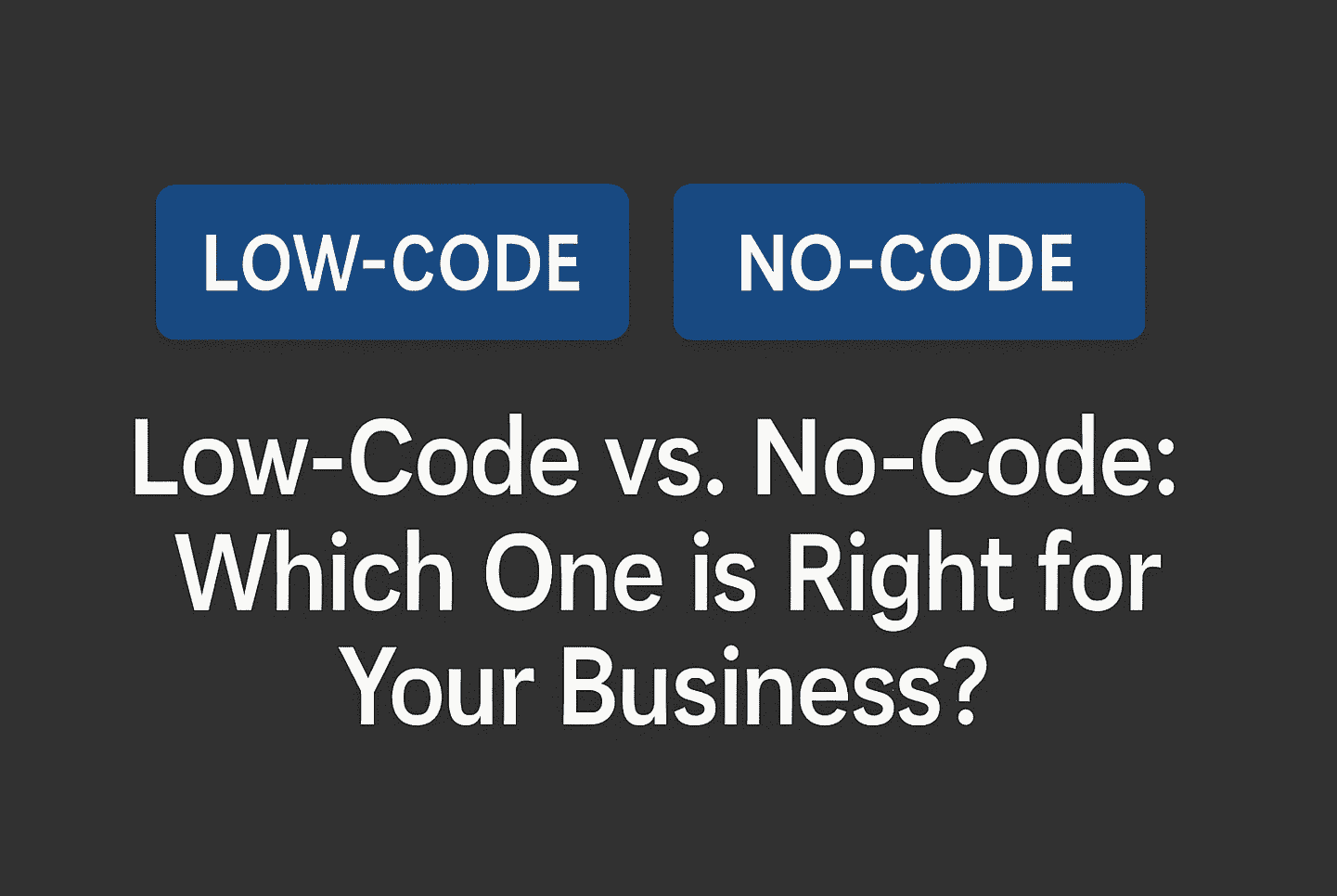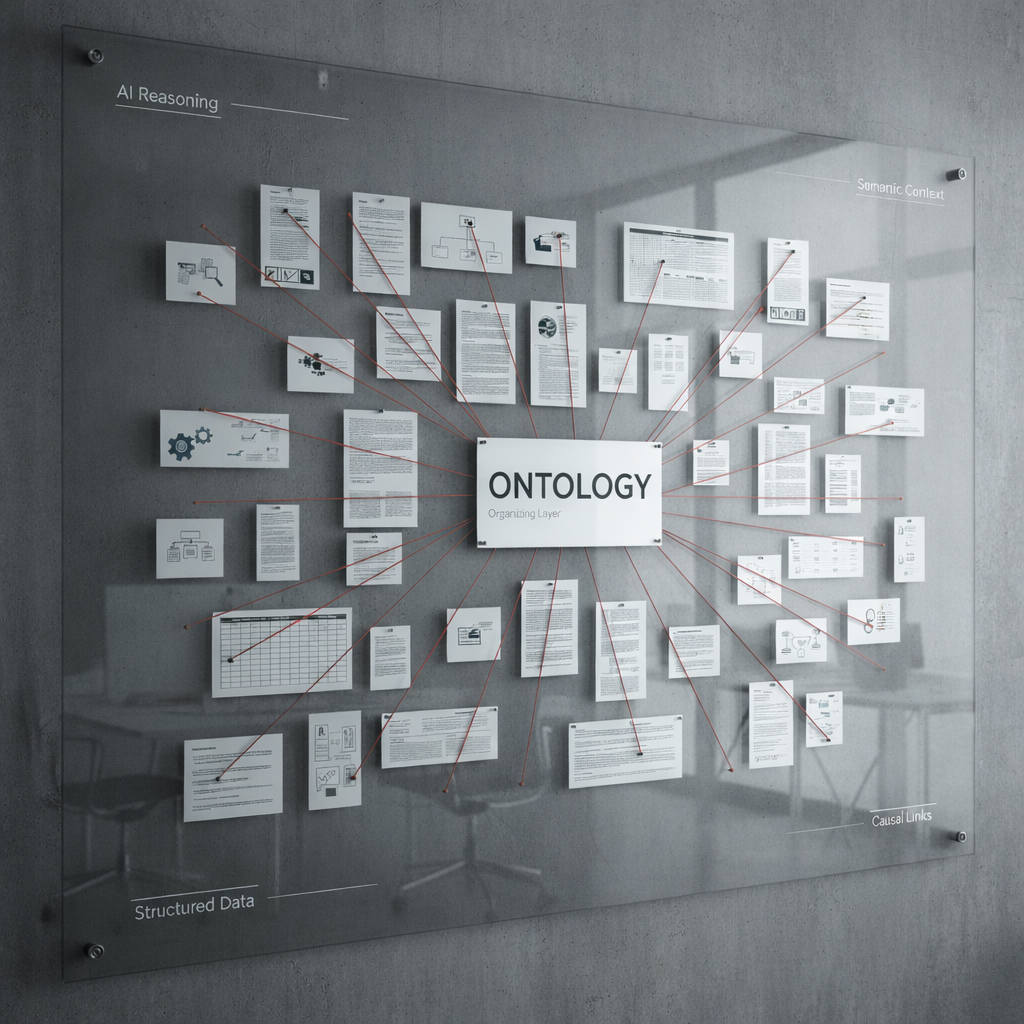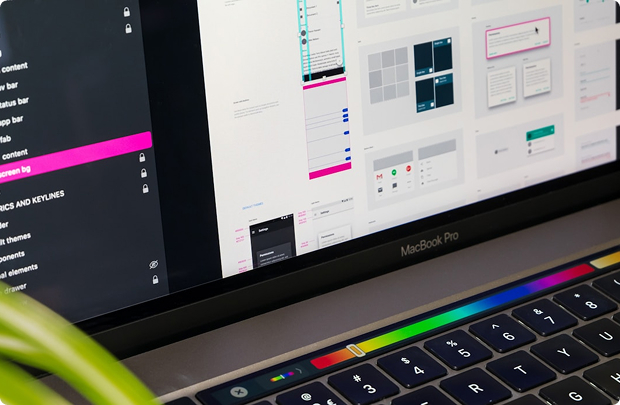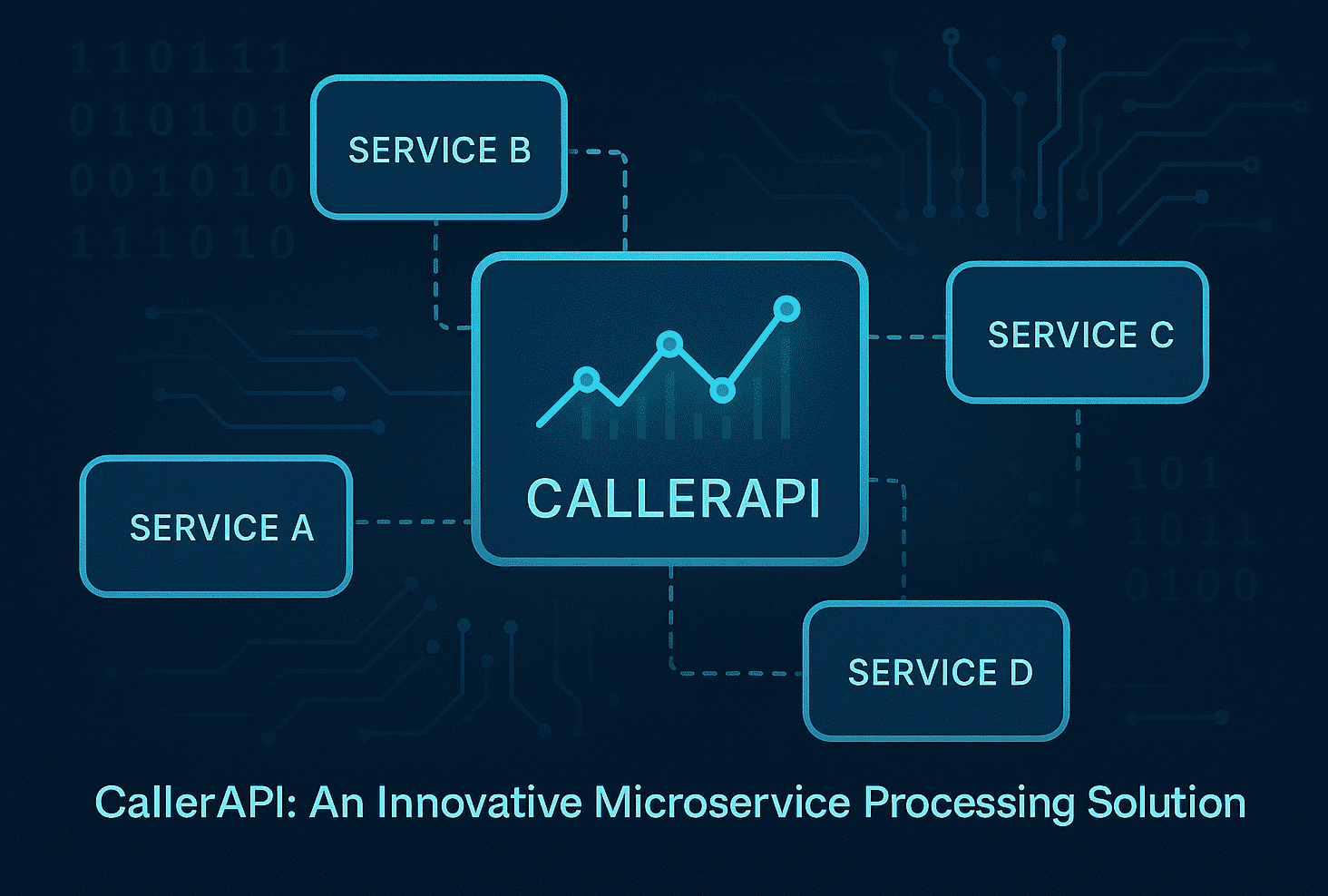Nowadays, businesses are constantly looking for ways to build software solutions quickly and efficiently. Two approaches that have gained immense popularity are low-code and no-code development platforms. But what’s the difference between them, and which one is right for your business?
What is Low-Code?
Low-code platforms allow developers to build applications with minimal hand-coding, using drag-and-drop components combined with custom code when needed. They provide greater flexibility and customization while speeding up the development process.
Key Features:
- Visual development tools (drag-and-drop UI)
- Pre-built templates and integrations
- Some coding required for advanced functionality
- Scalable and customizable
Use Cases:
- Enterprise applications requiring customization
- Automation of business processes
- API and system integrations
- Internal business applications
It is the best for companies that need scalable and customized applications while still reducing development time.
What is No-Code?
No-code platforms, on the other hand, enable users to build applications without any coding knowledge. These platforms provide a fully visual interface, making them accessible to non-technical users, such as business analysts or marketers.
Key Features:
- 100% visual development
- Pre-configured integrations and workflows
- No programming skills required
- Quick deployment
Use Cases:
- Simple web and mobile applications
- Prototyping and MVP development
- Workflow automation
- Internal dashboards and reporting tools
A great choice for businesses that need fast, simple applications without requiring deep technical expertise.
Which One Should You Choose?
- Choose Low-Code if: You need flexibility, scalability, and custom integrations while still speeding up development.
- Choose No-Code if: You want to empower non-technical users to create simple applications without relying on developers.
Hybrid Approach: Many businesses use a combination of both—starting with no-code for MVPs and scaling with low-code when customizations are needed.
Both low-code and no-code platforms offer significant advantages, and the right choice depends on your business needs. If you’re looking for a solution that balances speed with customization, low-code is your best bet. If simplicity and accessibility are your priorities, no-code is the way to go.















